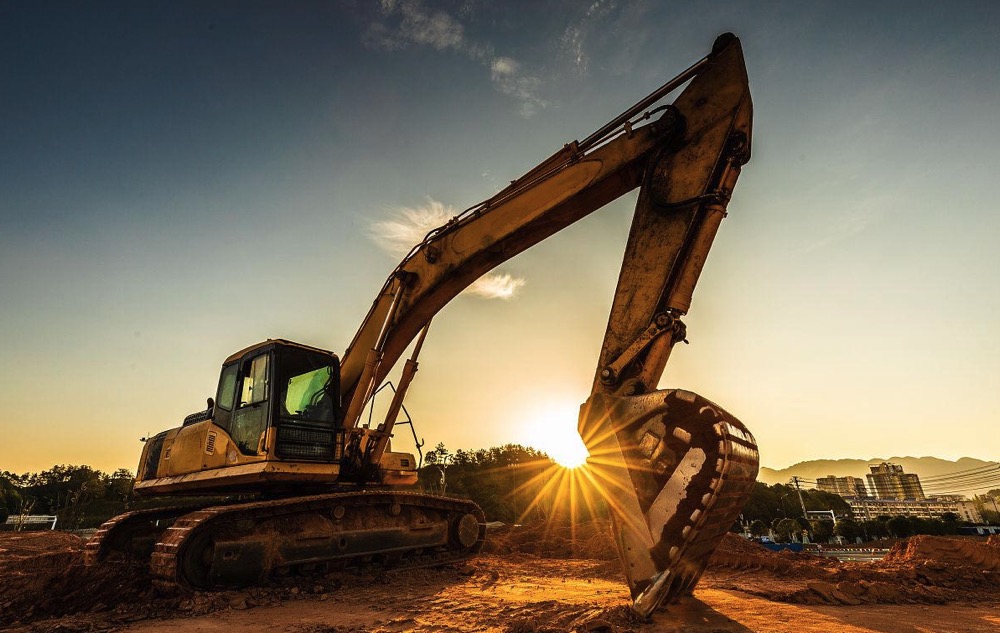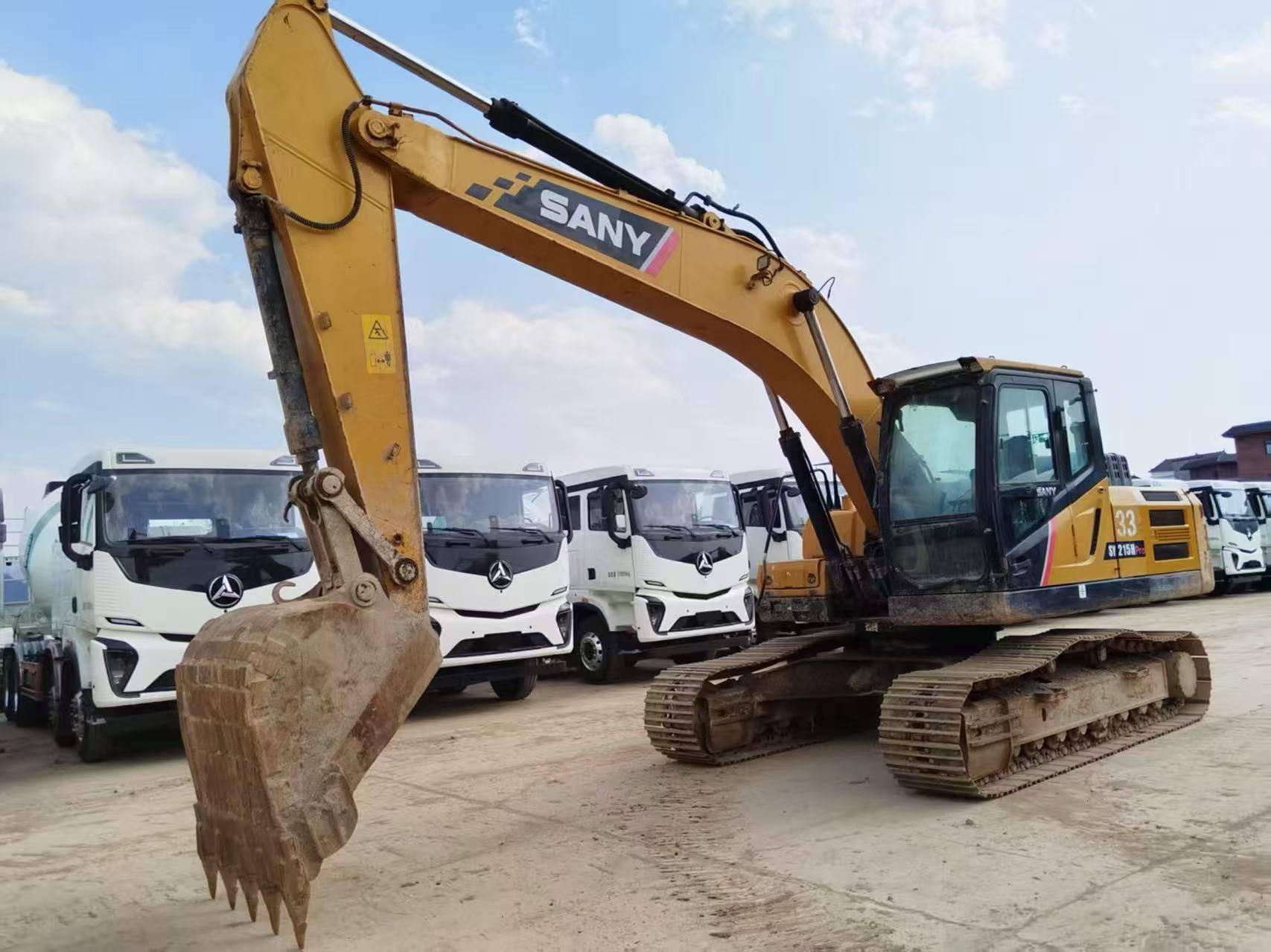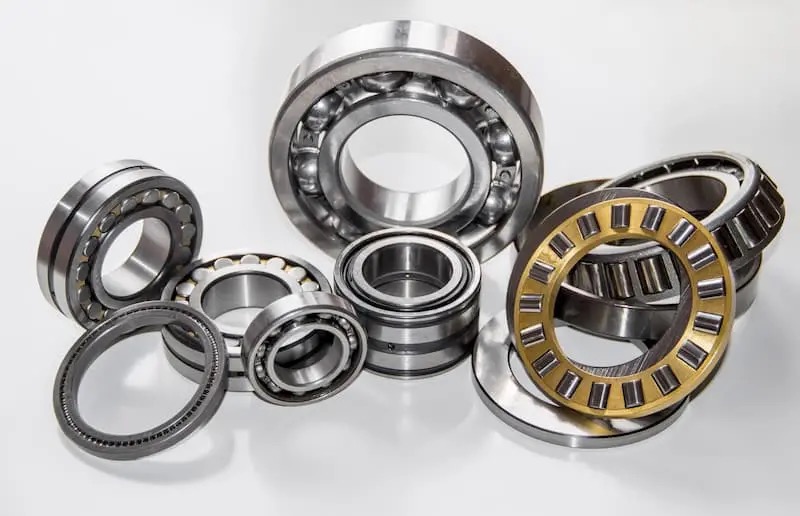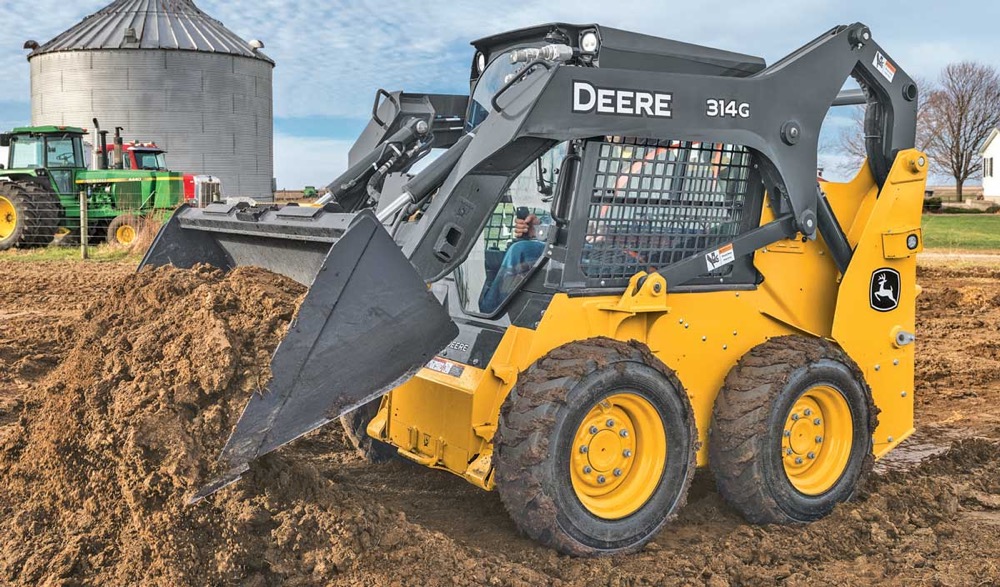
— April 02, 2025

Buying an excavator is a significant decision that demands careful thought and research before making a substantial investment. Given the multitude of factors involved, we've put together a comprehensive guide on what to keep in mind when purchasing your next excavator. In the construction world, an excavator is a crucial asset, especially when large - scale digging tasks are involved. Whether you're starting a project on a rocky plot, a hillside, or a wooded area, an excavator can streamline the digging and earth - moving processes, saving you both time and money.
Before deciding on an excavator, it's essential to ask yourself about the specific needs of your projects. Understanding the requirements of the jobs you'll be undertaking is the first step in choosing the perfect excavator. Features such as variable power modes and automatic idle functions can significantly impact fuel consumption and long - term operating costs. Moreover, advanced features like telematics, rear and side - view cameras, and LED lighting kits can enhance safety and operational efficiency.
Excavators generally fall into three main size categories: Compact/Mini, Standard, and Large.

The hydraulic system is the heart of an excavator, dictating its lifting capacity and responsiveness. When choosing an excavator, consider the attachments you'll be using and the hydraulic requirements for each. Equipping your excavator with the right attachments can maximize its functionality and return on investment. For instance, a hydraulic breaker attachment is perfect for demolishing concrete structures, while a grapple attachment is useful for handling scrap materials. Additionally, inquire about the machine's coupler options, as this will determine the range of attachments you can use.
Transporting a new excavator is a crucial aspect to consider. Depending on your existing equipment fleet, you may need a larger trailer to haul your new purchase. Take into account weight - restricted roads and bridges, as well as the necessary driver certifications. Also, think about the trailer size required for transport and whether you'll need any additional attachments for the job. At MechLink, if you don't plan to buy your own trailer, we can connect you with reliable carriers who have the right equipment to transport your excavator safely to the job site.
Many excavators come with an easy - to - use pattern control selector, allowing operators to adjust the controls to their preference. The ISO (International Standards Organization) control pattern has the right hand controlling the stick and bucket movement, while the left hand manages the swing and boom. In contrast, the SAE (Society of Automotive Engineering) pattern is the opposite. Most operators have a clear preference between the two, and some excavators even allow for switching between the two operating modes.
Understanding the different track options available is key to optimizing your excavator's performance. Compact excavators usually come with rubber tracks as standard. These are designed to minimize surface damage during operation in residential areas, on streets, or inside buildings. However, rubber tracks wear out faster than steel tracks, so there are various aftermarket options with different widths and tread depths. Mid - sized, standard, and full - sized excavators typically have steel tracks, which also vary in size, width, and depth. When choosing tracks, consider the ground conditions and the nature of your work. For example, in soft soil or muddy areas, deep - grooved and wider tracks provide better traction.
Excavator prices can vary widely based on factors like size, brand, and performance. A full - sized excavator can cost anywhere from $100,000 to $500,000 or more. The presence of attachments also affects the overall cost. Before shopping for an excavator, it's crucial to determine your budget and the intended use of the machine.
Brand - new full - sized excavators can be quite expensive, with prices ranging from $100,000 to over $500,000. This is why many buyers turn to used excavators, which can be 25 - 50% cheaper, offering a more budget - friendly option. However, several factors influence the cost of a used excavator, such as the hours on the meter. It's highly recommended to have a comprehensive inspection carried out by a licensed mechanic before purchasing. This inspection will cover the entire machine and its attachments, giving you an idea of its current condition and remaining lifespan. Keep in mind that maintenance costs for used excavators tend to increase as the machine ages.
Renting an excavator is another viable option, especially for one - time projects. Rental costs can vary depending on factors like location and rental duration.
When evaluating a used excavator, these five aspects are crucial:
In addition, always inspect the undercarriage, engine, final drives, swing motor, and swivel motor (where applicable). The overall appearance of the machine can also provide clues about its maintenance history and how it was used by the previous owner.
At MechLink, we're your one - stop - solution for all things related to excavators. After purchasing your excavator, you can rely on us for transportation services. We have a vast network of trusted carriers, ensuring that your excavator is delivered safely and promptly to any location. Our team takes care of all the paperwork, selects the appropriate trailer, and chooses the most efficient delivery route.
We move a large number of machines annually and can quickly provide you with a reliable cost estimate. Our extensive database, which includes detailed specs and dimensions of over 60,000 items, saves you time on research. The MechLink quote process is straightforward. Just follow these steps:
We're committed to providing you with innovative tools to help you make informed decisions, reducing uncertainties and saving you both time and money. By leveraging MechLink's global marketplace, companies can access the best equipment deals, ensuring long-term success and profitability. We're here to assist you every step of the way.

How to choose the best grease for heavy equipment
November 21, 2025

Single drum roller vs double drum roller: how to choose the right compaction roller
November 21, 2025

What is a slew bearing and how does it work?
November 20, 2025

How to operate a skid steer safely: best practices
November 20, 2025